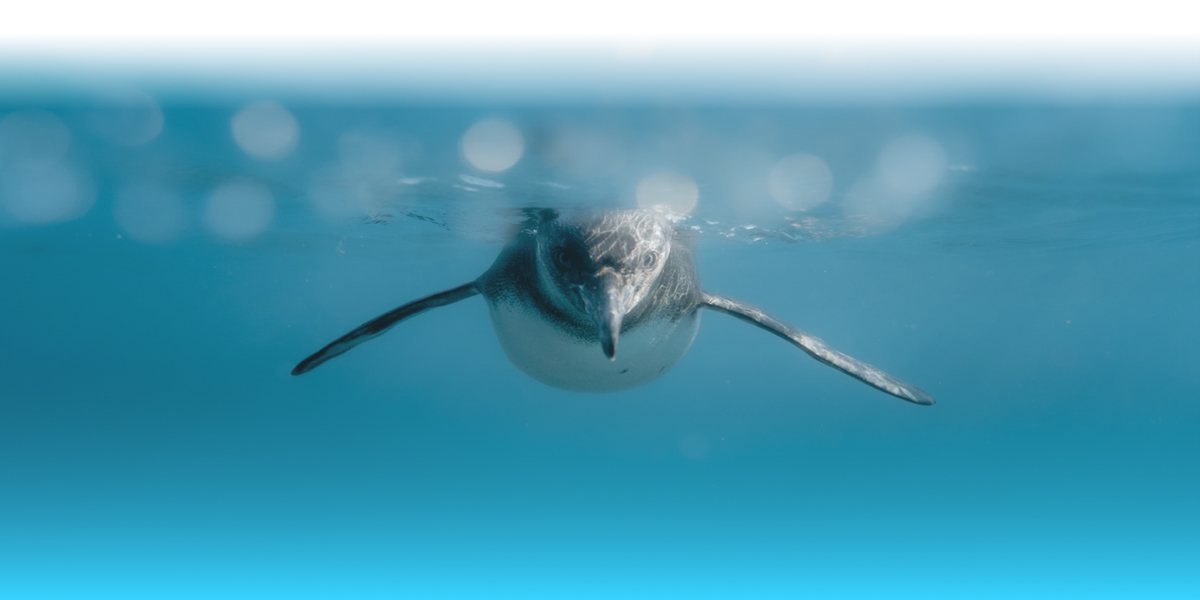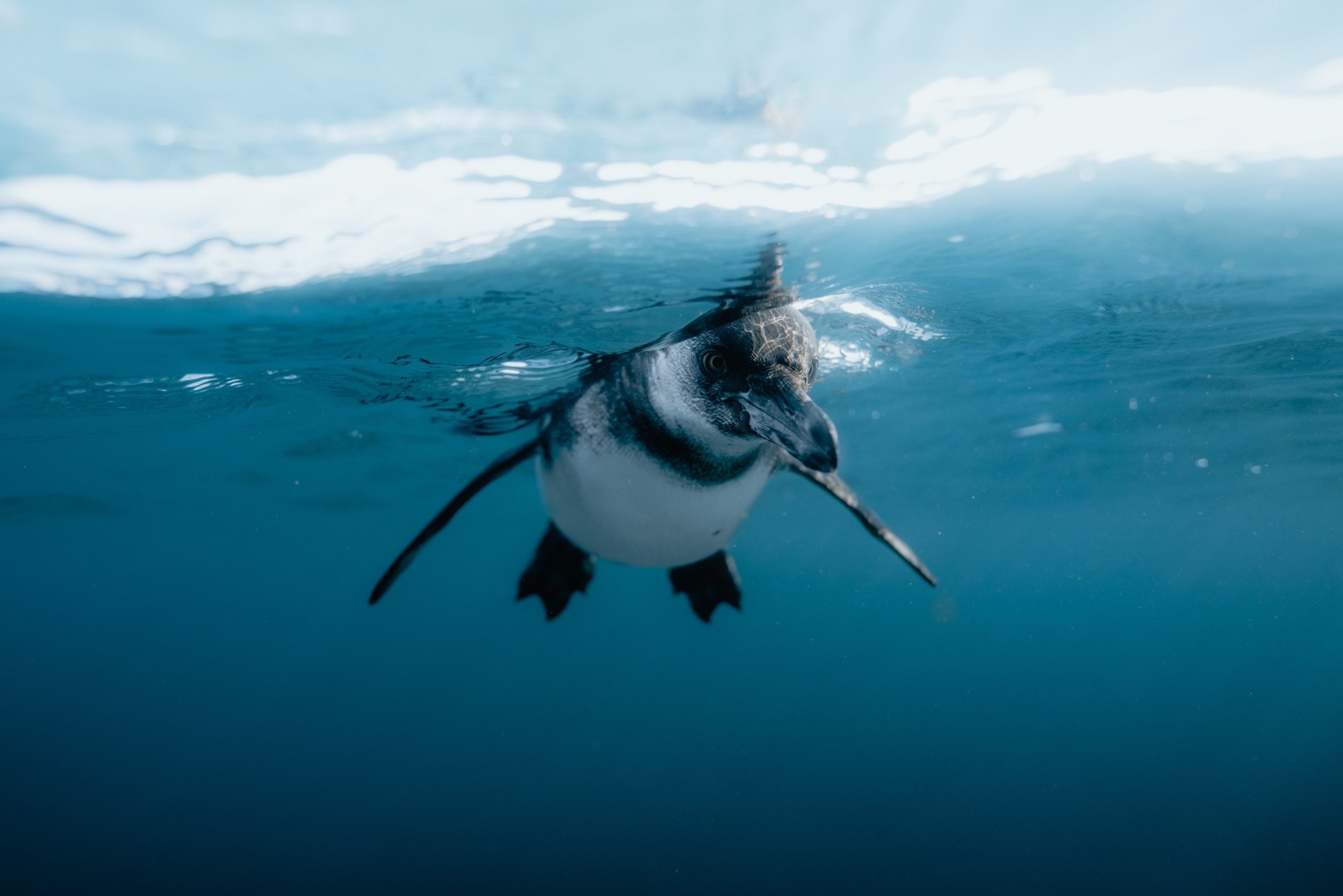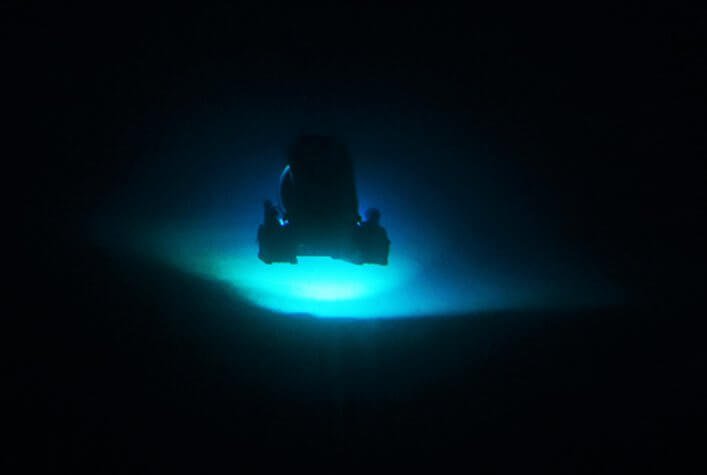
Written in collaboration with Etienne Rastoin.
The coastal waters of the Galapagos archipelago have been of scientific interest for the last 30 years, however, the depths of the Marine Reserve have remained little explored and studied. That is why in 2016, the Galapagos Islands became the scene of a very exciting and important research project. This is the "Seamounts of the Galapagos Marine Reserve (GMR)" Project that the Charles Darwin Foundation carries out in partnership with the Galapagos National Park Directorate and has managed to capture international attention for the expeditions that have taken place and for the possible new species that have been found.
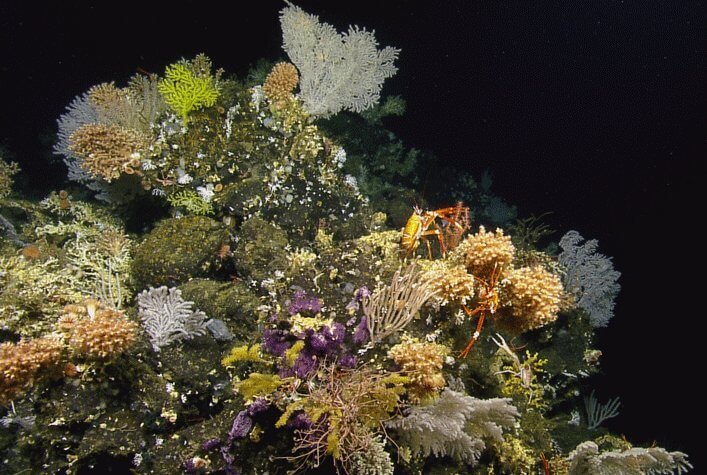
It is estimated that there are about 350 seamounts only on the Galapagos platform. Because they have never been exploited with industrial fishing gear, they are in an almost pristine state. These small oases of life in the immensity of the open ocean present a high level of endemism and play an important role in maintaining the resilience and adaptability of the global marine environment. The undersea mountains also attract large species, generating economic value in the experiential fishing trade and represent an important resource for local fisheries.
This interesting study has a period of three years and its main objectives lie in establishing a baseline of marine biodiversity found during expeditions and determining the value of seamounts in terms of ecosystem services. This will allow the establishment of the best measures of protection to maintain the excellent state of conservation of these sites, besides showing Galapagos as a model of protection of the deep seas. We are making new discoveries and in this year we will continue with the studies of these deep communities.
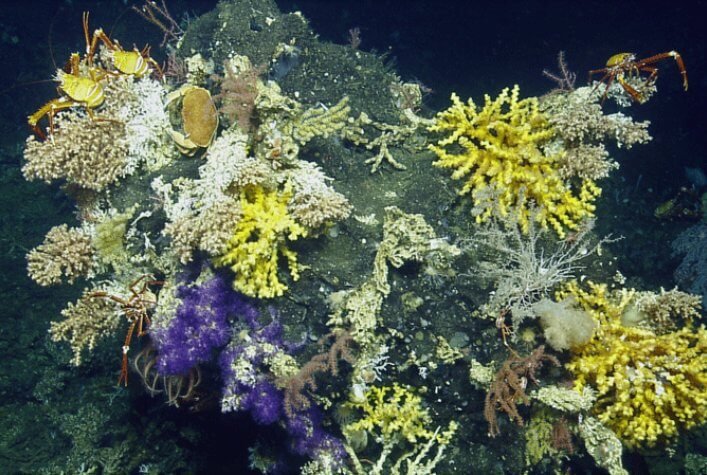
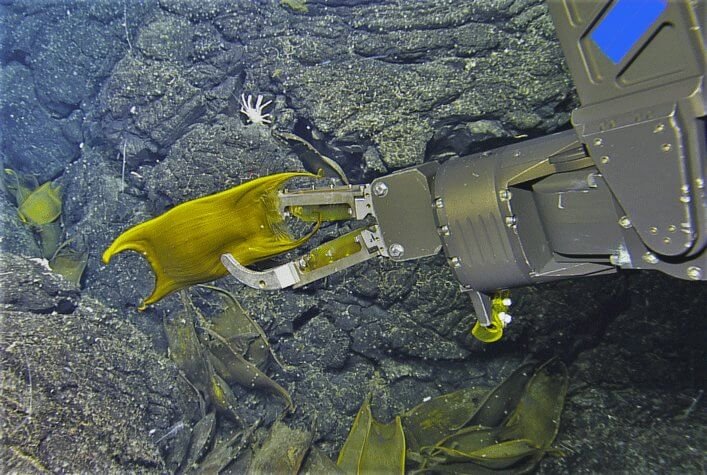
The CDF is currently supported by an extensive network of international experts to complete the taxonomic description and genetic analysis of a large number of samples. Upon completion of the identification, the specimens collected will become part of the marine collections that the CDF holds on behalf of the Ecuadorian Government.
It is a project with great potential that could position the Galapagos as a pioneer site in the study of these ecosystems. For example, many of the species discovered in the abysses represent an invaluable source of chemical components that could be used in the pharmaceutical industry. This means that perhaps the cure of some diseases facing humanity could come from the bottom of the oceans. As the phrase says, "You cannot protect what you do not know"; so studying and protecting these ecosystems can bring great benefits to science and enhance the reputation of Galapagos.
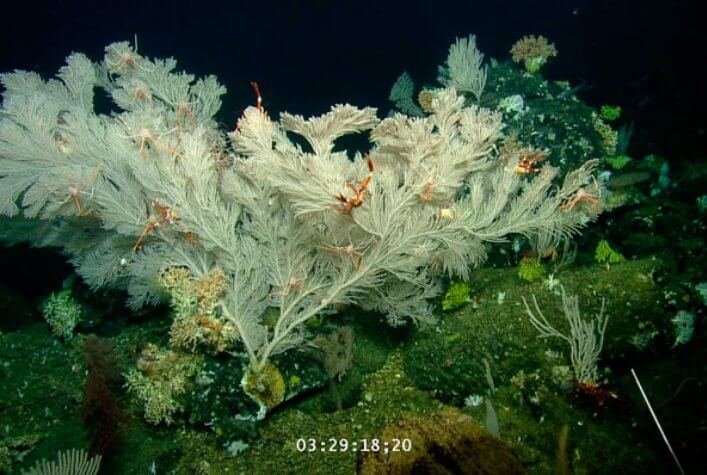
This project is supported by the following donors and partners: Ocean Exploration Trust, BBC Ocean, Woods Hole Oceanographic Institution (WHOI), Helmsley Charitable Trust, Pristine Seas (National Geographic), St Mary’s College, Universidad de los Andes, Ocean Exploration Trust, University of Rhode Island, Southampton University, University of Hawaii, Manchester University, Woods Hole Oceanographic Institution, VideoRay and the Escuela Politécnica del Litoral de Ecuador (ESPOL).
For more information please contact: jose.marin@fcdarwin.org.ec


